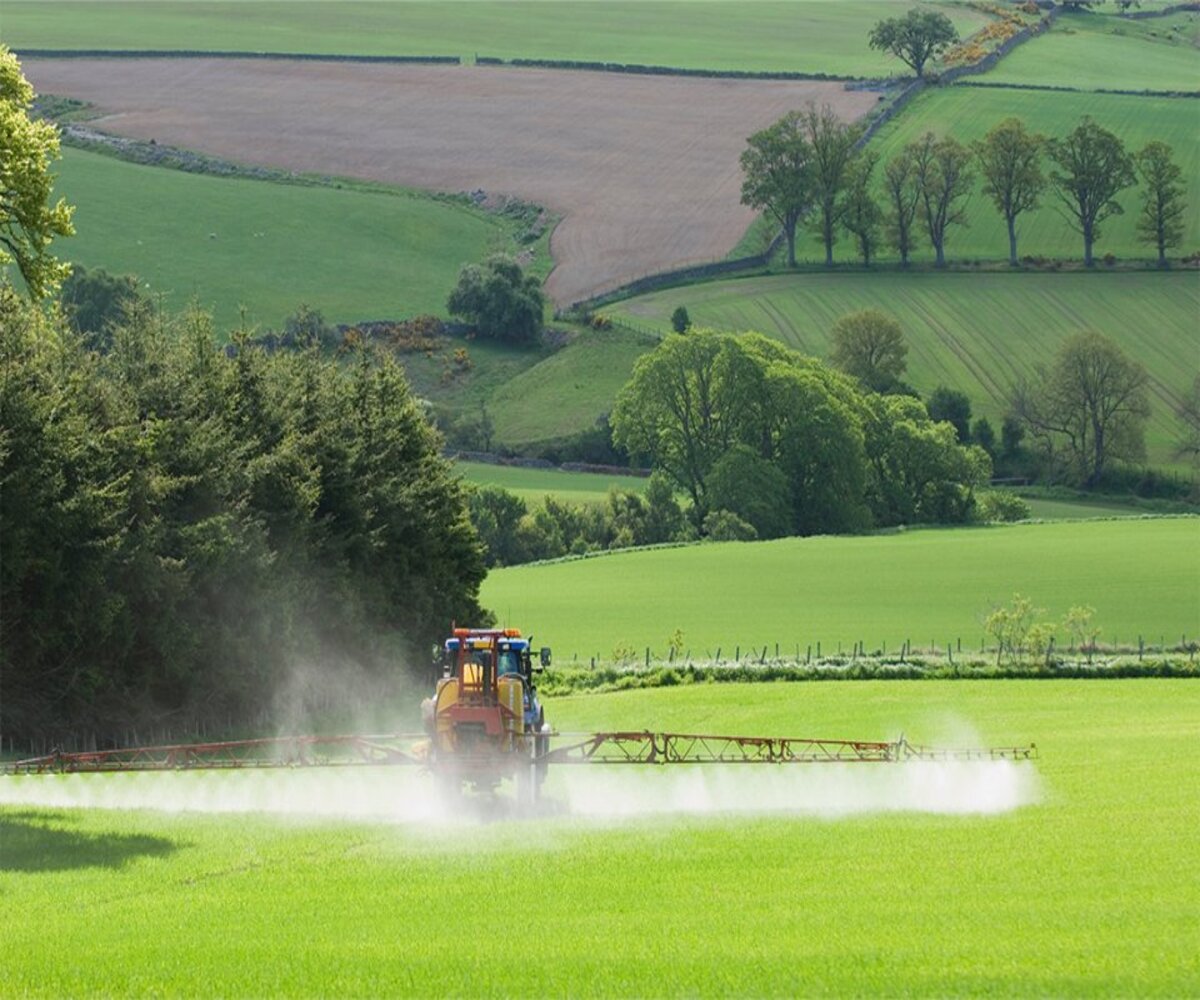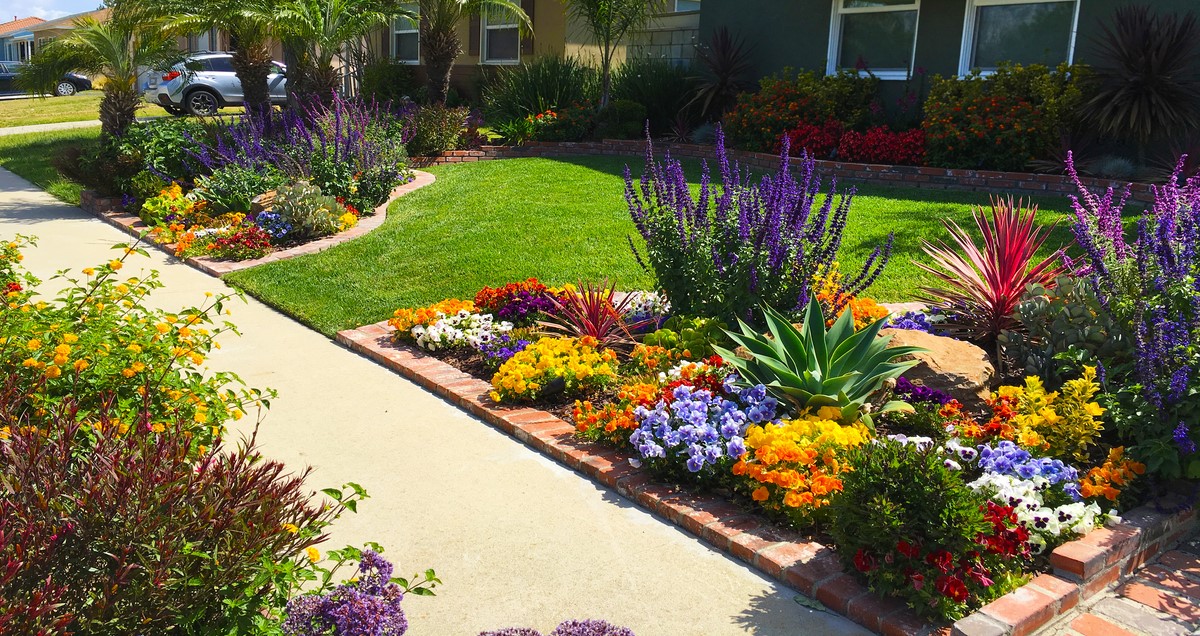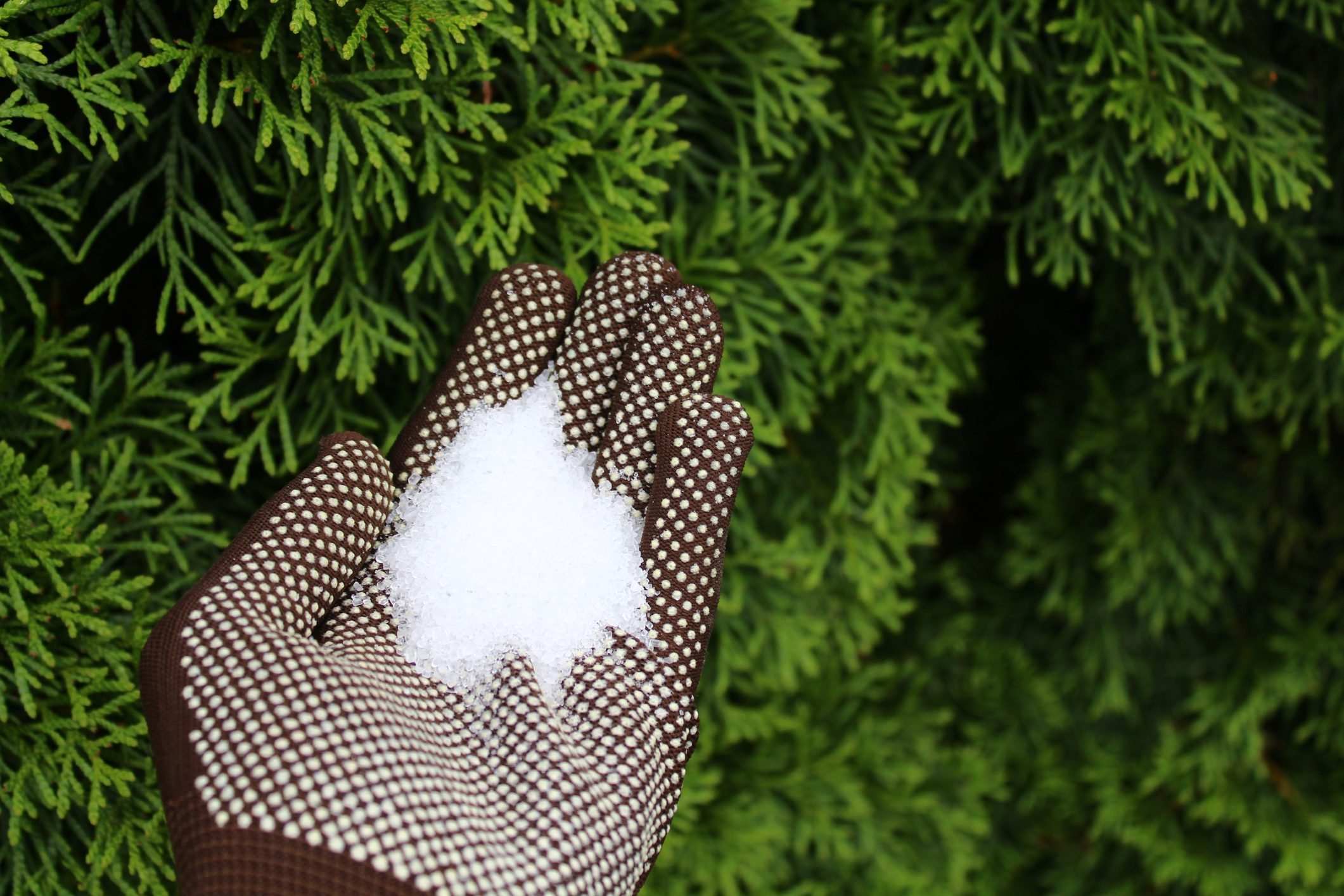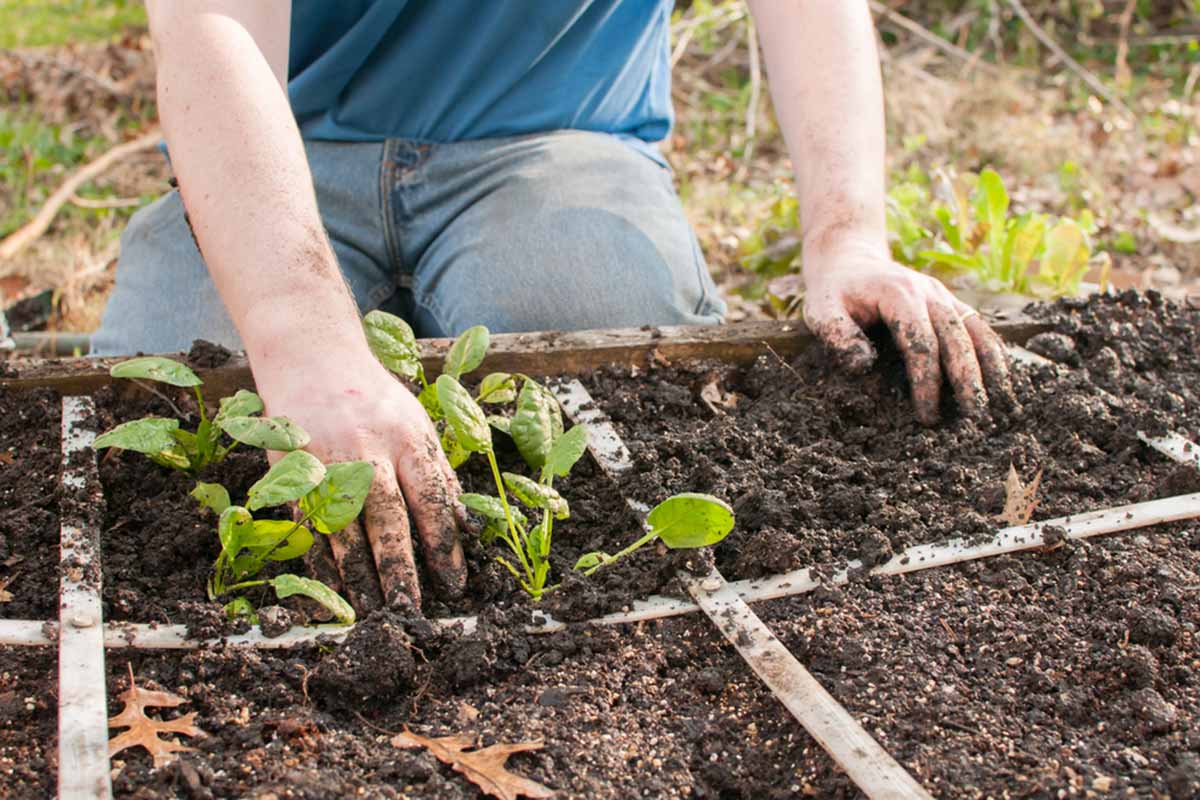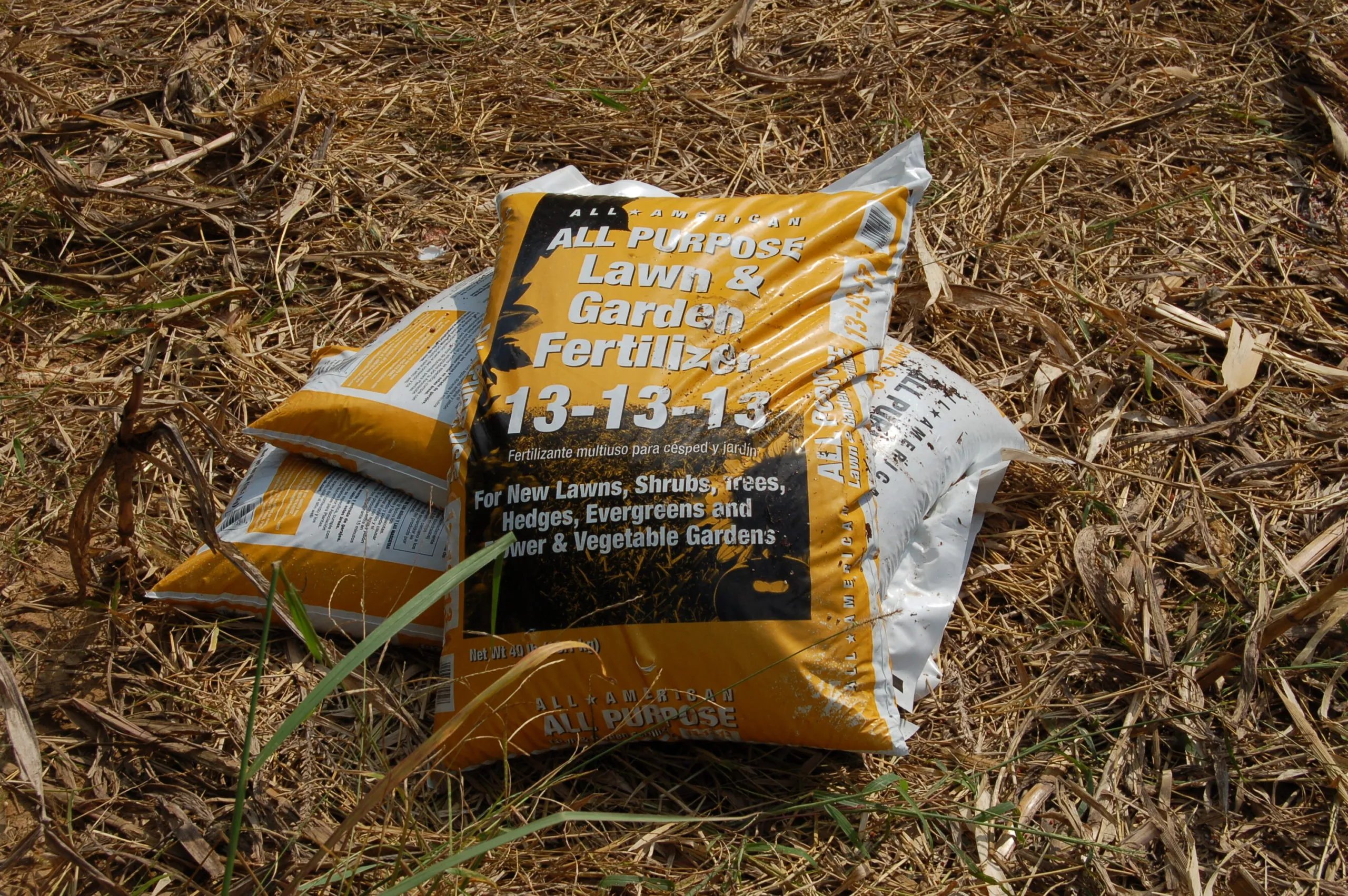Home>Gardening Basics>Understanding Soil>How Much Is Top Soil Per Yard


Understanding Soil
How Much Is Top Soil Per Yard
Published: February 11, 2024
Learn about understanding soil and how much top soil costs per yard. Find insights, tips, and recommendations to make informed decisions for your gardening and landscaping needs.
(Many of the links in this article redirect to a specific reviewed product. Your purchase of these products through affiliate links helps to generate commission for Chicagolandgardening.com, at no extra cost. Learn more)
Table of Contents
Introduction
Welcome to our comprehensive guide on understanding top soil and its associated costs. Whether you’re a gardening enthusiast, a professional landscaper, or simply someone looking to improve their outdoor space, having a good understanding of top soil can make a big difference in the success of your project.
Top soil is the uppermost layer of soil, typically ranging from 2 to 8 inches deep, that contains a high concentration of organic matter and nutrients. It is crucial for plant growth, providing the necessary support, moisture retention, and nutrient availability. However, not all top soil is created equal, and the quality and composition can vary significantly depending on its source and manufacturing process.
When it comes to purchasing top soil, it’s important to consider various factors that can influence the cost. Understanding these factors can help you make an informed decision and ensure that you get the most value for your money. Factors affecting the price include the quality and nutrient content of the soil, the supplier’s location, and any additional services such as delivery and installation.
In this guide, we will delve into the average cost of top soil per yard, the different types of top soil available, the associated delivery and installation fees, and provide some tips for buying top soil in bulk. By the end of this article, you will have a clearer understanding of top soil prices and be well-equipped to make the best purchasing decisions for your landscaping or gardening projects.
Definition of Top Soil
Top soil refers to the uppermost layer of soil that is rich in organic matter and nutrients, making it essential for healthy plant growth. It is typically found in the top 2 to 8 inches of the Earth’s surface and plays a vital role in supporting plant life.
The composition of top soil can vary depending on geographical location and other factors, but it generally consists of a combination of sand, silt, clay, and organic matter. This mixture provides an optimal balance of water retention, drainage, and aeration, creating a suitable environment for plants to establish their roots and thrive.
One of the key characteristics of top soil is its high nutrient content. Organic matter, such as decomposed plants and animal waste, contribute to the fertility of the soil by releasing essential nutrients like nitrogen, phosphorus, and potassium. These nutrients are vital for plant growth and development, supporting processes such as photosynthesis, root formation, and fruit production.
Top soil acts as a reservoir for moisture, helping to regulate the availability of water to plant roots. Adequate moisture retention is crucial for plant health, as it ensures that plants have a consistent supply of water even during dry periods.
Furthermore, top soil is important for maintaining soil structure and preventing erosion. Its composition enables it to bind particles together, creating a stable foundation for plants to grow. This stability also helps to prevent soil erosion caused by wind and water, which can wash away valuable nutrients and impact the health of plants.
Overall, top soil is a crucial component for successful gardening and landscaping projects. Its nutrient-rich composition, moisture retention capabilities, and ability to support plant growth make it an essential resource for creating and maintaining healthy outdoor spaces.
Factors Affecting Top Soil Prices
When it comes to purchasing top soil, there are several factors that can influence the price. Understanding these factors can help you make informed decisions and determine the best option for your needs. Here are some key factors that can affect top soil prices:
- Quality and Nutrient Content: The quality and nutrient content of the top soil can greatly impact its price. Top soil that is rich in organic matter and nutrients will likely be more expensive due to the greater value it provides for plant growth.
- Location and Accessibility: The location of the top soil supplier can also affect the price. Suppliers closer to urban areas or with easy access to transportation may have higher operating costs, which can be reflected in their prices. On the other hand, suppliers located in rural areas with lower overhead costs may offer more affordable options.
- Seasonal Demand: The demand for top soil can vary throughout the year. During peak gardening and landscaping seasons, such as spring and early summer, the demand for top soil tends to be higher. This increased demand can drive up prices, so it’s wise to consider purchasing top soil during off-peak seasons when prices may be more competitive.
- Quantity Ordered: The quantity of top soil you need can also impact the price. Suppliers may offer volume discounts for larger orders, so it’s worth considering buying in bulk if you have a substantial landscaping project.
- Additional Services: Additional services such as delivery and installation can add to the overall price of top soil. Delivery fees can vary depending on the distance and accessibility of the delivery location. Some suppliers may also offer installation services for an additional cost if you prefer to have the top soil professionally installed.
It’s important to consider these factors when budgeting for top soil because they can significantly impact the total cost of your project. By assessing the quality, location, demand, quantity, and additional services, you can make a well-informed decision and find the best balance between price and value for your specific needs.
Average Cost of Top Soil Per Yard
The cost of top soil can vary depending on several factors, including location, quality, and quantity ordered. On average, the cost of top soil per yard can range from $15 to $50, with an average of around $30 to $40 per yard.
The quality of the top soil plays a significant role in determining its price. High-quality top soil that is rich in nutrients and has undergone rigorous testing and processing may be more expensive. This is because the added value and benefits it offers for plant growth justify the higher price.
The location of the supplier can also influence the cost. Suppliers located in urban areas or areas with high operating costs may have higher prices to cover their expenses. On the other hand, suppliers located in rural areas with lower overhead costs may offer more affordable options.
Quantity also plays a role in determining the cost of top soil. Many suppliers offer volume discounts for larger orders, making it more cost-effective to buy in bulk for larger landscaping projects. However, it’s essential to find the right balance between quantity and quality to ensure that you are getting the best value for your money.
It’s worth mentioning that additional services such as delivery and installation may incur extra costs. Delivery fees can vary depending on the distance from the supplier and the accessibility of the delivery location. Some suppliers offer installation services for an additional fee if you prefer to have the top soil professionally installed.
Keep in mind that these are average prices and can vary depending on your specific location and supplier. It’s always a good idea to research and compare prices from different suppliers to find the best deal without compromising on quality. Additionally, consider purchasing top soil during off-peak seasons when demand and prices may be lower.
By understanding the average cost of top soil per yard and considering factors such as quality, location, quantity, and additional services, you can make an informed decision and budget accordingly for your landscaping or gardening project.
Different Types of Top Soil and their Costs
There are various types of top soil available, each with its own characteristics and suitability for different gardening or landscaping projects. Here are some common types of top soil and their associated costs:
- General Purpose Top Soil: This is the most commonly used type of top soil and is suitable for a wide range of gardening and landscaping purposes. General purpose top soil typically costs around $20 to $40 per yard.
- Screened Top Soil: This type of top soil has undergone a screening process to remove larger rocks, debris, and contaminants, resulting in a finer texture. Screened top soil offers better drainage and is often preferred for flower beds and garden areas. The cost of screened top soil can range from $25 to $45 per yard.
- Compost-enriched Top Soil: Compost-enriched top soil is mixed with organic compost, providing increased nutrient content and fertility. This type of top soil is ideal for vegetable gardens and areas that require higher levels of nutrients. The cost of compost-enriched top soil can range from $30 to $50 per yard.
- Sandy Top Soil: Sandy top soil has a higher sand content, which improves drainage and prevents waterlogging. It is commonly used for planting in areas with heavy clay or compacted soil. The cost of sandy top soil can range from $15 to $30 per yard.
- Clay Top Soil: Clay top soil contains a higher clay content, which helps improve moisture retention. It is often used in areas with sandy or well-draining soil to enhance water retention capabilities. Clay top soil typically costs around $20 to $35 per yard.
It’s important to consider the specific needs of your project when choosing the type of top soil to use. Factors such as drainage requirements, nutrient content, and soil texture should all be taken into account. The cost of different types of top soil can vary, so it’s essential to compare prices from different suppliers to find the best option that fits your budget and project requirements.
Additionally, keep in mind that some suppliers may offer custom blends or specialty top soils tailored to specific gardening or landscaping needs. These specialized blends may have higher costs but can provide targeted benefits for certain plant types or soil conditions.
By understanding the different types of top soil available and their associated costs, you can make an informed decision based on your project requirements and budget constraints.
Top Soil Delivery and Installation Fees
When purchasing top soil, it’s important to consider the additional fees that may be associated with delivery and installation. These fees vary depending on the supplier and your location, and they can impact the overall cost of your project. Here are some factors to keep in mind:
Delivery Fees: Top soil is typically sold by the yard, and the cost of delivery is often calculated based on the distance from the supplier to your location. Delivery fees can vary significantly depending on factors such as the supplier’s location, the accessibility of your delivery site, and any special requirements. On average, delivery fees can range from $50 to $150.
It’s important to inquire about specific delivery fees when obtaining quotes from suppliers. Some suppliers may offer free or discounted delivery for larger orders or during promotional periods. Additionally, if you are purchasing top soil from a local garden center or landscaping supply store, you may have the option to pick up the top soil yourself to save on delivery fees.
Installation Fees: If you prefer to have the top soil professionally installed, some suppliers may offer installation services for an additional fee. Installation fees can vary depending on the scope of the project, the area to be covered, and any additional services required, such as site preparation or leveling. It’s advisable to request a quote from the supplier for installation services, as this cost can vary significantly depending on the specific requirements of your project.
When considering delivery and installation fees, it’s important to evaluate the overall convenience and cost-effectiveness. While these fees add to the total cost, they can save you time, effort, and potentially ensure a more professional and efficient outcome.
In some cases, it may be more cost-effective to hire a professional landscaping contractor who can source the top soil and handle the delivery and installation as part of a larger project. This can help streamline the process and potentially result in better overall outcomes for your landscaping or gardening project. Be sure to research and compare the costs and services offered by different professionals before making a decision.
By factoring in delivery and installation fees when budgeting for top soil, you can plan your project more accurately and ensure that all associated costs are accounted for.
Tips for Buying Top Soil in Bulk
If you have a large landscaping project or if you are a professional landscaper, buying top soil in bulk can be a cost-effective option. Here are some tips to keep in mind when purchasing top soil in large quantities:
- Research Suppliers: Start by researching and comparing different top soil suppliers in your area. Look for reputable suppliers who offer consistent quality and competitive prices. Read customer reviews and testimonials to get a sense of their reliability and customer satisfaction.
- Request Samples: Before placing a bulk order, request samples from potential suppliers. This will allow you to evaluate the quality, texture, and nutrient content of the top soil. It’s important to choose a supplier that provides high-quality top soil that meets your specific project requirements.
- Ask for Pricing: Reach out to different suppliers and request a quote for the specific quantity of top soil you need. Inquire about any volume discounts or special offers available for bulk purchases. Compare the prices and choose the supplier that offers the best value for your money.
- Consider Delivery Logistics: Bulk orders typically require truck deliveries, so it’s important to assess the logistics of the delivery process. Ensure that the supplier has suitable delivery vehicles and equipment to handle the quantity of top soil you require. Check if there are any delivery restrictions or specific requirements for accessing your property.
- Plan for Storage: Before placing a bulk order, consider the storage requirements for the top soil. Ensure that you have adequate space to store the soil and prevent it from getting wet or contaminated. If space is limited, consider coordinating with a local landscaping company or contractor who can store the excess top soil for you.
- Communicate Clearly: Clearly communicate your project requirements, delivery instructions, and any specific considerations to the supplier. This will help avoid any misunderstandings and ensure a smooth and efficient purchasing process.
- Inspect upon Delivery: When the bulk order is delivered, take the time to inspect the top soil to ensure that it meets your expectations. Check for any signs of contamination, weeds, or inconsistencies in quality. If you have any concerns, address them with the supplier immediately.
Buying top soil in bulk requires careful planning and consideration. By following these tips, you can make an informed decision, obtain high-quality top soil, and save costs on your landscaping projects.
Conclusion
Understanding top soil and its associated costs is essential for anyone involved in gardening or landscaping projects. By familiarizing yourself with the different types of top soil available, their costs, and the factors that influence pricing, you can make informed decisions that align with your specific needs and budget.
Top soil plays a critical role in providing the necessary nutrients, moisture retention, and structural support for plant growth. Choosing the right type of top soil and ensuring its quality can significantly impact the success of your gardening or landscaping endeavors.
When it comes to purchasing top soil, factors such as quality, location, quantity, and additional services like delivery and installation can affect the overall cost. By researching suppliers, requesting samples, and comparing prices, you can find the best balance between quality and affordability.
If you’re working on a larger project, buying top soil in bulk can be a cost-effective option. However, it’s important to plan for storage, consider delivery logistics, and communicate clearly with the supplier to ensure a smooth purchasing process.
Remember to take advantage of off-peak seasons, volume discounts, and promotional offers to further optimize your top soil purchasing experience.
By incorporating these tips and guidelines into your decision-making process, you can make well-informed choices and create the ideal conditions for successful gardening or landscaping projects.
